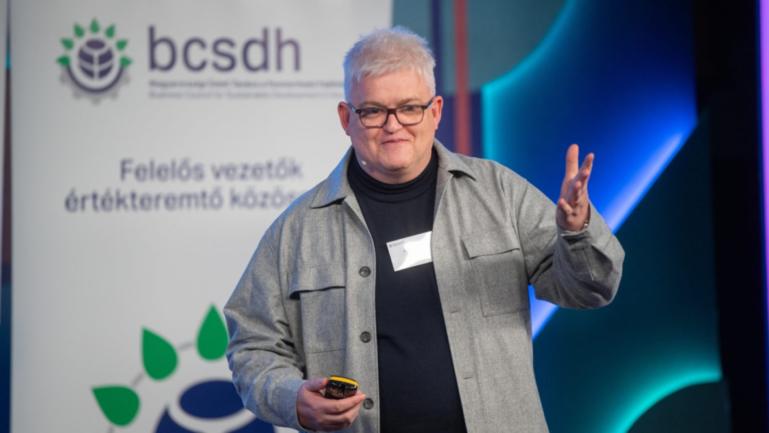Geneva, 8 September 2021 – Today, we announce the results of the recent survey conducted with our member DNV revealing that circular economy is rising on corporate agendas across geographies. Despite the growing attention in the public, among legislators and companies, the shift to business models that design waste out of the system seems to progress slowly.
“So far, growing stakeholder and regulatory pressures such as the EU Circular Economy Action Plan adopted in March 2020 do not seem to have impacted the transition speed significantly,” says Luca Crisciotti, CEO in Supply Chain & Product Assurance in DNV. “With only 5.9% of the companies indicating a leading approach coupled with the limited uptake of business model innovation, there is much left to be done before we reach a state of true circular economy required to shift from a linear take-make-waste industrial model to significantly impact our UN Sustainable Development Goals.”
The ViewPoint Survey “Circular Economy. How are companies transitioning” was conducted in March-April 2021. Respondents include 793 customers of Business Assurance in DNV across different industries in Europe, North America, Central & South America and Asia. It shows that companies focus more on process and product innovation, such as resource recovery (30.3%) or product life extension (39.6%). Fewer have moved into more advanced business models innovations such as product as a service (17.6%) and sharing platforms (12.5%). Most companies experience cost savings (57.2%) as a main benefit, which is not surprising given the focus on existing processes and products.
The fact that only 24.7% determine initial level (baseline) of circularity before implementing initiatives, while 26.7% set specific goals and targets and 19.8% have identified performance indicators poses a significant barrier to progress. Identifying the successful initiatives to scale and communicating transparently on performance becomes infinitely harder without proper metrics. This is not aided by a total of 65.6% using their own circular measurement framework rather benchmarked frameworks like the Circular Transition Indicators (CTI).
“While the private sector’s commitment to circularity is clear, external communications for their efforts are inconsistent in scope and barometer used. As investors, customers and regulators increasingly request information on circular performance, those companies equipped to measure, monitor and improve their circularity stand to capture the most value and showcase their true leadership.“ says Brendan Edgerton, Circular Economy Director WBCSD








